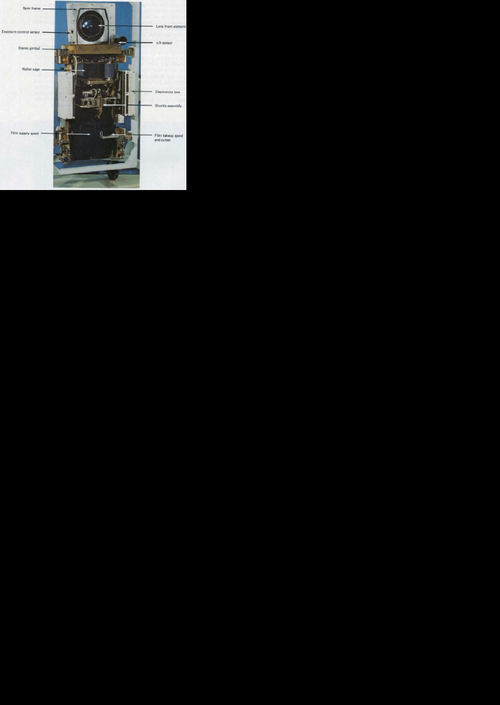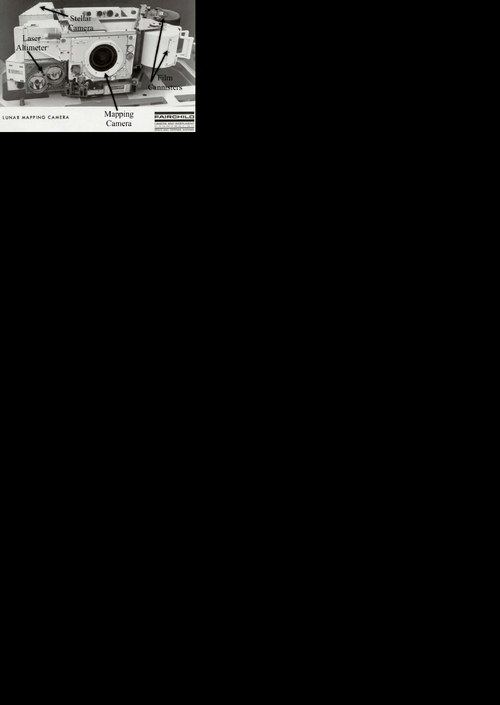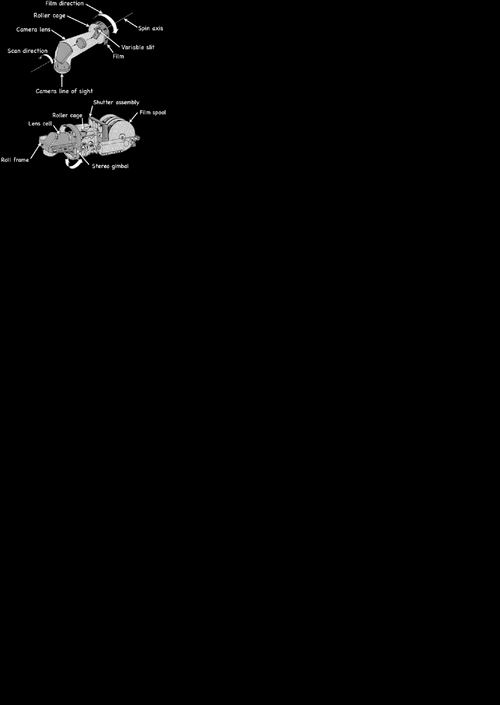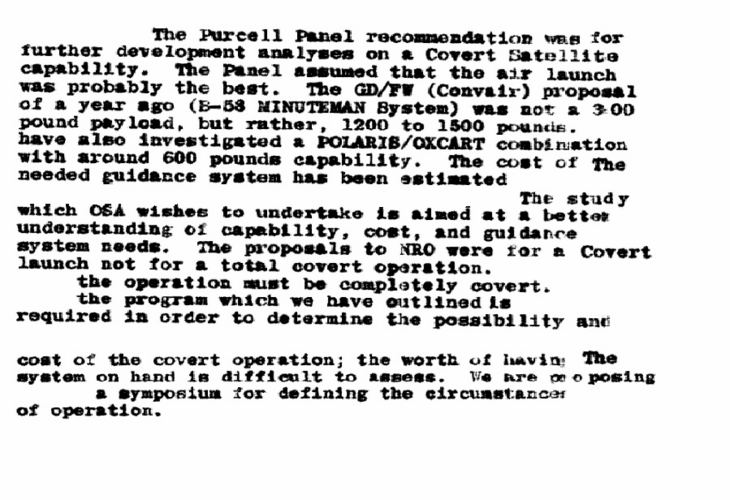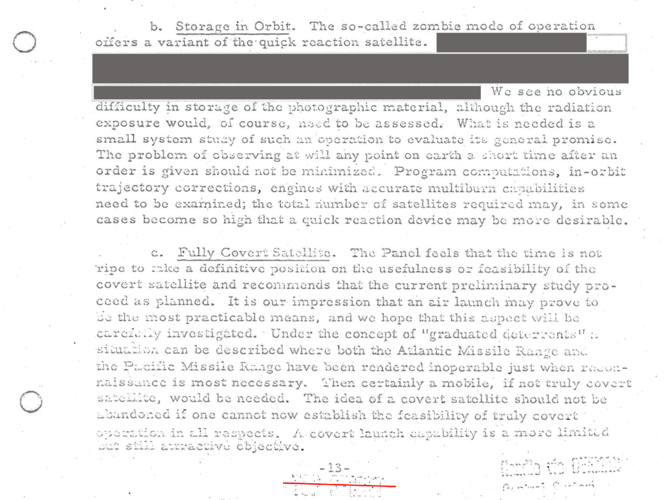- Joined
- 26 September 2008
- Messages
- 1,960
- Reaction score
- 750
The Apollo KA-80A panoramic camera was carried on the later Apollo missions. Manufactured by Itek. You can read about that here:
That camera was developed (I think--too lazy to check) for the SR-71. It was also adapted to fly in the U-2. I think that the Air Force version was the KA-80 and the Apollo version was the KA-80A. But there's no good description of what was changed for space use. There's also no good history of the development of that camera. I do have an article about the Apollo version that appeared in a photogrammetry and remote sensing journal, but it was less detailed and exhaustive than I wanted.
The later Apollo missions also had a laser mapping camera that I believe was manufactured by Fairchild Camera and Industries Corporation. I had my suspicions that it was originally an aerial camera, but I found no evidence of that.
I actually got to see the Apollo 18 PanCam in person back around 2002 when they uncrated it at the Smithsonian's Paul E. Garber facility and it was beautiful, pristine. It was just bright white, like it had been manufactured yesterday. They crated it back up and never have displayed it. I saw it with the NRO historian, who said that he had 8 more just like it sitting in a classified warehouse somewhere. But his were still classified (or more precisely, had classified components).
That camera was developed (I think--too lazy to check) for the SR-71. It was also adapted to fly in the U-2. I think that the Air Force version was the KA-80 and the Apollo version was the KA-80A. But there's no good description of what was changed for space use. There's also no good history of the development of that camera. I do have an article about the Apollo version that appeared in a photogrammetry and remote sensing journal, but it was less detailed and exhaustive than I wanted.
The later Apollo missions also had a laser mapping camera that I believe was manufactured by Fairchild Camera and Industries Corporation. I had my suspicions that it was originally an aerial camera, but I found no evidence of that.
I actually got to see the Apollo 18 PanCam in person back around 2002 when they uncrated it at the Smithsonian's Paul E. Garber facility and it was beautiful, pristine. It was just bright white, like it had been manufactured yesterday. They crated it back up and never have displayed it. I saw it with the NRO historian, who said that he had 8 more just like it sitting in a classified warehouse somewhere. But his were still classified (or more precisely, had classified components).

